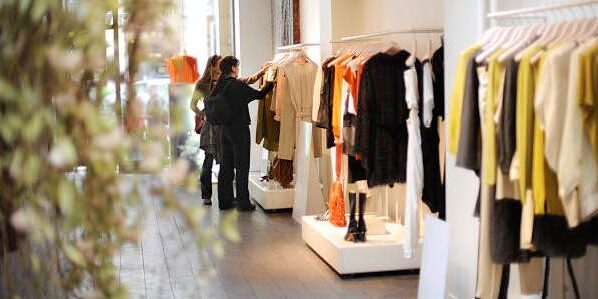Picture this: You walk into a store, try on a dress that is a size X. It feels comfortable and does not make your head scream. You walk into another store, try on a dress of similar style, in a size X. It is tighter than the last and it feels uncomfortable. In this store, you need to go ‘up’ a dress size or two. Cue eating disorder.
It is because of these inconsistencies across clothing sizes that makes shopping in recovery extra difficult. Pair this with the likelihood that your body shape and size may be different at the start and end of recovery.
We often hear:
‘If I don’t fit into a size X, then my brain tells me I am fat or, I feel disgusting’
And often remind clients:
‘Clothes are made to fit your body; you should not need to change your body to fit the clothes’
Clothing size consistency does not exist. This is because there is no standard for the measurements.
Let’s look at a quick timeline:
1940: A study containing 15,000 women, were measured across 58 places in an attempt to create a standardised system. Whilst impressive, it was inherently flawed due to lack of diversity in the population.
1940-1950: A sizing system was introduced based off the women population serving in the airforce. Arguably, women who were much fitter than the general population. Modern day sizing began here. Sizes in this era ranged from 8-38, but again, were arbitrary numbers.
In 1958, the first sizing chart was introduced. What a size 8 is today, fits the same measurements as a size 16 back then.
For a short while (1970-1983) the government updated the sizing standards, until discontinuing these, leaving clothing manufacturers to determine the sizing themselves.
Take home note: There is no accountability for decision on what size label to attach to the garment.
It is with this knowledge, that we understand how distressing clothes shopping can be whilst recovering. Let us support you during this time.
As you navigate body acceptance, let us offer some helpful tips:
- Plan ahead. Choose which shops you will go to.
- Take someone, who you trust, with you.
- Try on clothes facing away from the mirror. Focus on how they feel.
- Choose the clothes that you feel comfortable in. Remind yourself that a size in one brand does not have to be consistent across another.
- Write a list of exactly what clothes you need.
Our team is well equipped to support you through the ongoing challenges of eating disorder recovery. Reach out to us here.






